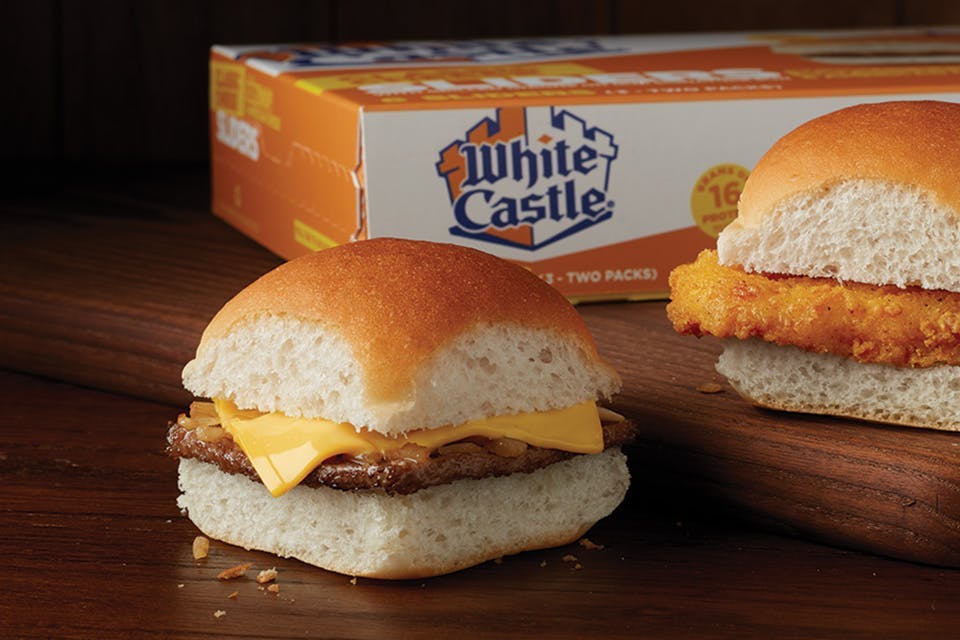Food + Drink
How White Castle Created the Fast-Food World
It began in Kansas, but found its home in Columbus. Billy Ingram’s company shaped the fast-food experience as we know it and created a burger that is still beloved.
Related Articles

Columbus’ Royal Flamingo Coffee Offers Award-Winning Roasts
Driven by curiosity and craft, this coffee roaster has evolved from a home hobby into an inventive and award-winning coffee brand. READ MORE >>

Ohio Couple Appears on Hallmark Channel’s ‘Baked with Love: Holiday’
Ben Bruening and Gabrielle Payne from Hudson share heirloom recipes, festive treats and the chaos of filming, all while welcoming their first child. READ MORE >>

7 Seasonal Pop-Up Bars to Toast Holiday Cheer
These Ohio bars and restaurants are open year-round, but when the holidays hit, they begin whipping themed cocktails and stocking seasonal beer that is best shared with friends or visiting family. READ MORE >>



